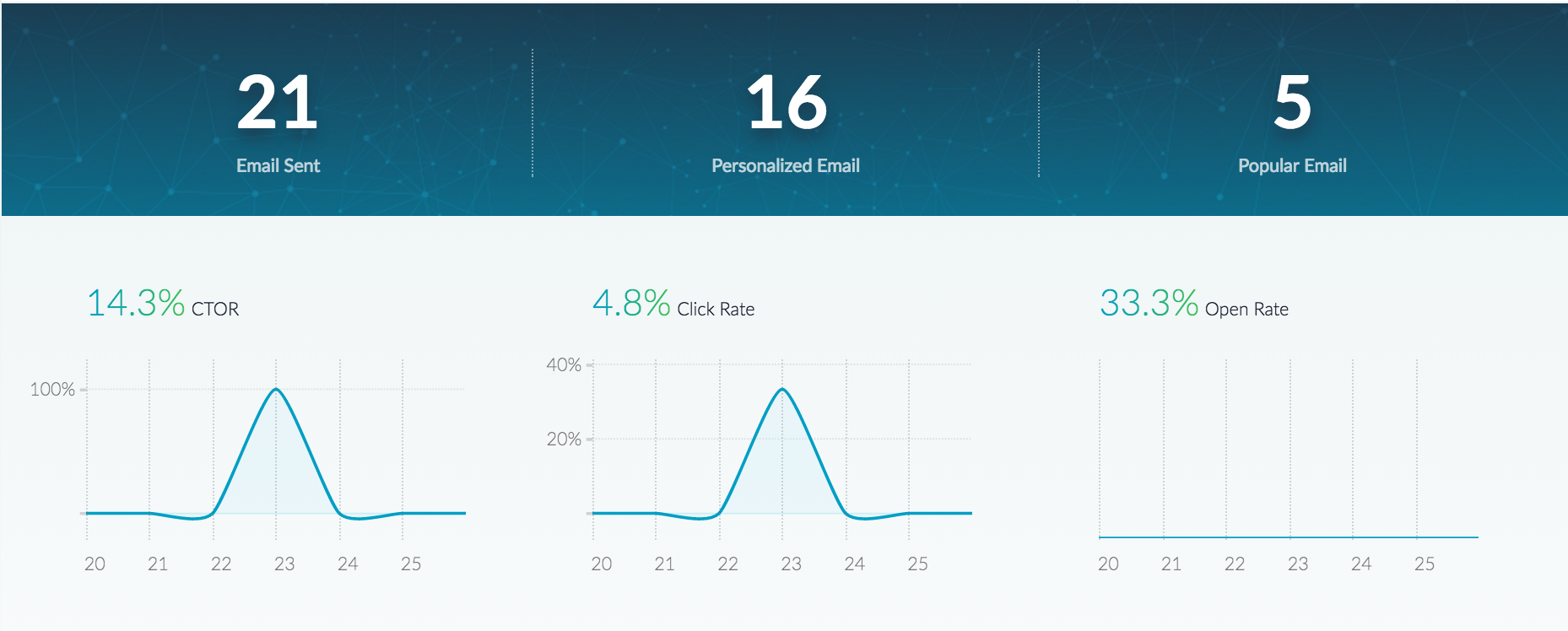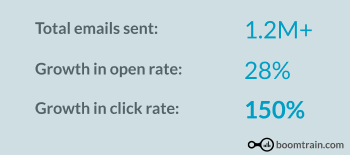
Why You Should Use AI to Capture the Voice of Customer and Grow Engagement
In marketing, one of the most common mantras is that you should be listening to your customer. Thinking of customer listening and the voice of customer may prompt you to think about surveys and feedback forms.
The voice of customer has gone beyond its traditional definition and become a process that captures in-depth a range of customer likes, dislikes, wants and needs.
Many brands assume that growing revenue means happy customers. This simple equation isn’t always correct. Customers may be giving you signs and information of being discontent with something even though they still pay for your service. In fact, some articles suggest that only 1 out of 26 unhappy customers complain, while the rest churn. Churn isn’t always the first step. Churn is, however, a scream of anguish from your customers. Far before customers churn, they are already giving you signs and hints on how they feel about your service, whether they complain or not. The question is whether you have the tools to listen and act on what is revealed. This article will break down how artificial intelligence technologies can help you capture the voice of customer and grow engagement.
Where Is Your Customer Talking To You?
Every interaction that customers have with the communication you send to them is a form of feedback.
Open and Click rates in emails, Read or Replied rates for In-App Messages and Open rated for Push notifications are all good measures. They are of course, just the beginning. They are also the most common factors that marketers today rate and measure the success of campaigns around. This isn’t the best way to look at your campaigns. Just because your campaigns have great open rates or click rates – that doesn’t mean they are effective.
- What are the goals of your campaigns?
- Are they bringing in the right kind of revenue?
- How can you use ‘open’ rates to delve further into a campaign with an engaged customer?
These are the questions that marketers need to drill down into to honestly see the kind of response customers give you, and understand the voice of customer better.

Beyond email campaigns, websites and mobile phones are two other spaces where capturing the voice of customer is becoming more possible. Capturing user actions on websites and filtering through them is one of the most efficient ways to listen to your customers. Some of the most common activities that marketers should be tracking are
- signed_in – How often do your customers sign in to your website or app? If they don’t in over 30 days, you need to be seeing them as ‘slipping away’ with the potential to churn.
- shared_article – When customers share an article from your platform, it is a sign that they like your content and feel it is worthy of sharing with their peers. This is a positive sign from a customer, and you can engage them with more related, shareable content using this basic activity.
- added_to_cart – When a customer on your ecommerce platform have added items into their cart, that’s great – but to find out whether they are going to actually buy the product is the next step. This is where you can use behavioral targeting to reach out to your customers contextually.
While these activities need to be set up manually, once they are set up and enough data is collected – you are going to need a way to sort through all of it and act on it. This is where AI comes in.
AI and Personalization: New ways to hear the voice of customer
Artificial intelligence technologies offer you a new way to hear the voice of customer. These technologies can sort large amounts of information based on customer activities and behaviors and create a user persona for your customers. This persona is a mix of everything your customer likes, dislikes, wants or needs from your brand. With artificial intelligence you can make recommendations of contents and products to customers based on their personas. You can also personalize content for them based on their activities, behaviors, demographics and a whole lot more.
Hearing the Voice of Customer with AI
When customers interact with content on your website, in the emails you send them or respond to content that you have personalized for them with AI, they are speaking directly to you. High levels of engagement suggest that they enjoy content that is personalized to suit their tastes, interests and needs. Lower levels of engagement suggest that they may be looking for something less customized to their tastes. (Yes, that may actually be a possibility.) Conversions based on personalized content are a clear way of understanding what works for the customers.

Measure the effectiveness of dynamic product and content recommendations
Marketers need to begin to capture data points such as
- Onsite Recommendation Clicks
- Reading time for personalized content vs. popular content
- Clicks on Dynamic Images in emails vs. Static.
- Close rates and customers reactions to website popups and lightboxes
- Conversion rates from personalized website popups
- Conversion rates on emails with personalized content or product recommendations (See how our customer Brenthaven did this here.)
Once you listen to the voice of customer, what next?
Listening to the voice of customer is just one part of the puzzle. Artificial Intelligence powered technologies can also help you measure the results, compute the data you’ve collected and implement a solution. Examining data, creating new hypotheses, and testing to make improvements are now essential to creating a great customer experience. This is extremely relevant in a time where customer experience is one of the primary areas where customers are competing. Gartner predicted that in 2016, 89% of companies competed on their customer experience alone.
Making improvements to your customer experience requires putting in place an actionable plan based on your findings and measuring the results based on the next round of customer interactions and data. With Boomtrain, customers like Gamerant have tested personalized content on website lightboxes and seen results like
- 4X increase in signups – from 30 a day to 120 a day.
- Improved Customer Experience: Decreased instances of lightbox onsite as it was only displayed to customers most likely to be interested.
Another customer, SheFinds used Boomtrain to send a staggering 79 million emails in a span of around 3 months. Out of all these emails, a whopping 30 million were personalized.

SHEfinds also managed to improve its email open rate to over 20 percent. Something that seems almost impossible, given the size of their mailing list.
Start Listening Smart, and you won’t get left behind
If you’re a marketer, waiting too long to get the right tools to hear the voice of customer and respond, like artificial intelligence and personalization tools could be costing you millions in revenue. You need to be following in the footsteps of brands like Game Rant and SheFinds. Apart from using Boomtrain technology, their eye for details, effective tracking mechanisms, and experimentation keeps them truly tuned in to the voice of customer and thus ahead of the game.


